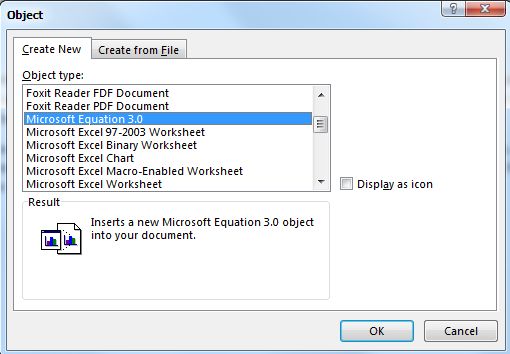
DEFINED( x) Returns the value 1 (true) if the expression x is valid, or the value 0 (false) if the expression cannot be computed.

COUNT( ) Returns the number of items in a list.

AVERAGE( ) Returns the average of a list of values. AND( x, y) Returns the value 1 if the logical expressions x and y are both true, or the value 0 (zero) if either expression is false. ABS( x) Returns the positive value of a number or formula, regardless of its actual positive or negative value. The functions AVERAGE(), COUNT(), MAX(), MIN(), PRODUCT(), and SUM() can also accept references to table cells as arguments. Arguments can be numbers, formulas, or bookmark names. Functions with empty parentheses can accept any number of arguments separated by commas (,) or semicolons ( ), as long as you use the list separator defined as part of the regional settings in Microsoft Windows Control Panel. : f.The = (Formula) field can use values returned by the following functions. > f, g, h = symbols('f g h', cls=Function) > k, m, n = symbols('k m n', integer=True) Here is the actual IPython session: IPython console for SymPy 1.6.dev (Python 3.7.3-32-bit) (ground types: python) When I double click (in Windows) on the out.doc file, a word equation with the integral appears. from pprint import pprintįrom import capture I don't do this at all so I don't have a lot of hints for that. The quality of output will depend on the fonts you use. There are lots of options you can use with pprint (including wrapping which you might want to set to False). In this case I use pprint to print the expression that I want written to file.

The capture captures whatever is printed.


 0 kommentar(er)
0 kommentar(er)
